BANFF WEDDING PLANNER
Rocky Mountain Lakes: When They Thaw and Best Times to Visit
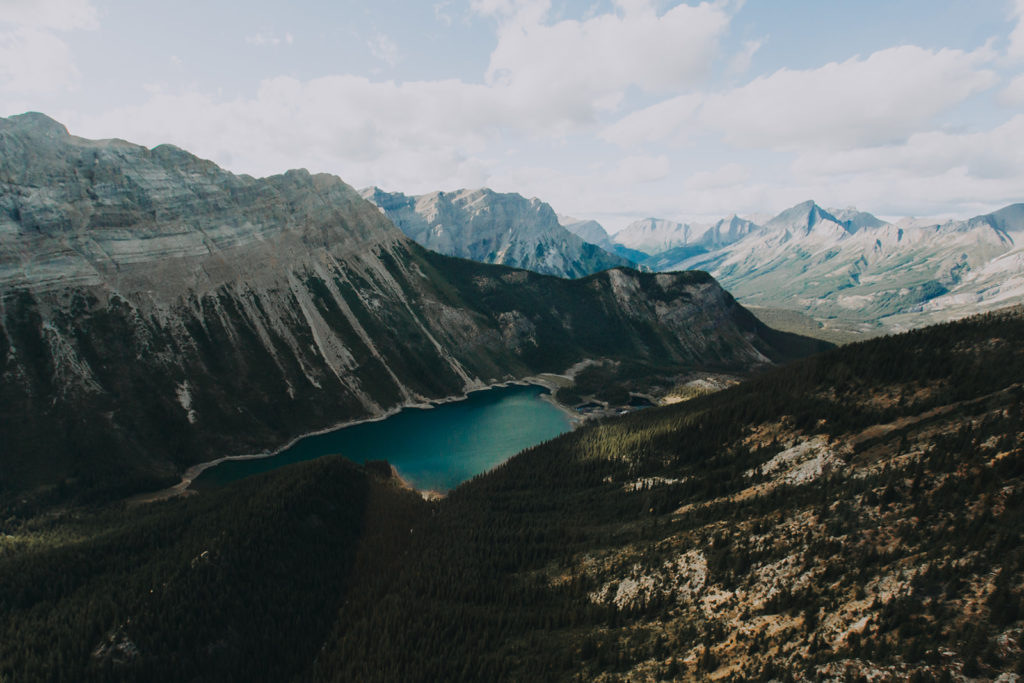
Rocky Mountain Lakes are known all over the world for their beauty. Incredible blue and green water stretches out between frosty mountain peaks, drawing visitors to their shores in huge numbers year on year.
Unfortunately, if you don’t do your research, you could end up arriving at the lakeshore to a big blanket of plain white snow. And while that’s a fantastic sight to see as well, the iconic view of blue water is not to be missed.
When do the Rocky Mountain lakes thaw?
Winters can be harsh in Canada, especially at high altitudes in the Rockies. And while it may vary slightly depending on the weather, the altitude of the lake, or it’s surrounding landscape, the best time to visit the lakes is mid-summer.
If you visit in July or August you’ll have the best chance of seeing the lakes at their deepest and most mesmerizing shades of blue and green. They do start to thaw earlier than that, but it can take a couple more months to witness the startling colours.
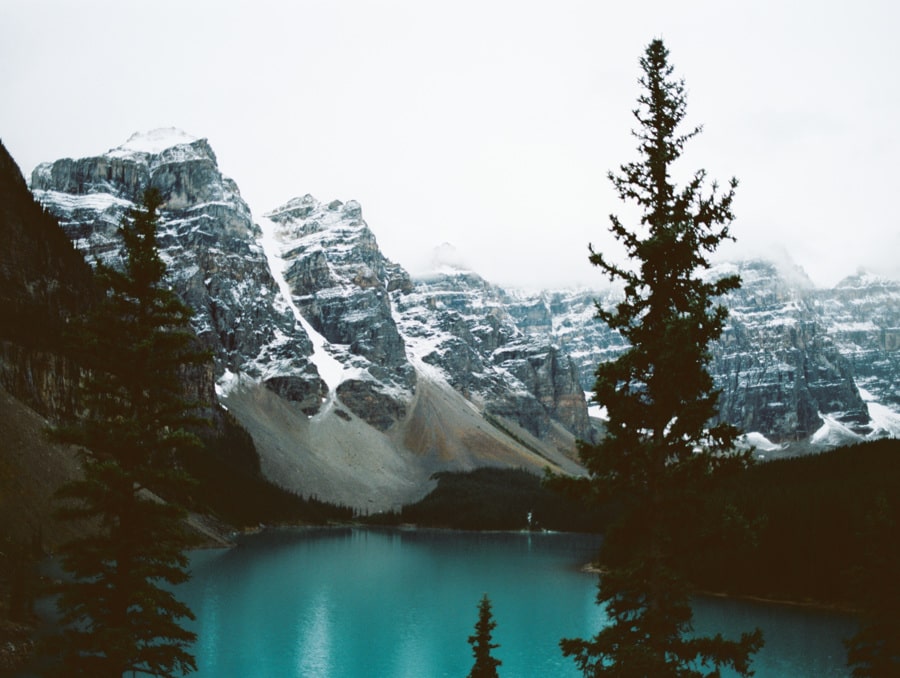
Photo: Steven Wallace Photography
Why are the Rocky Mountain lakes so blue?
The lakes that achieve those amazing colours are glacially fed, which is how they get that distinctive azure shade of blue. When the glaciers around the lake melt, they deposit rock flour into the lake, too. The light refracts off the rock flour and generates the lakes’ famous aquamarine colour. As the glaciers melt in the heat, the lakes are fullest around June-August and the summer sun sparkles beautifully off the surface.
Which Rocky Mountain lakes should you visit?
If you have the time to visit them all, we’d highly recommend it! But if you have to pick just one or two, start by checking out some of our very favourite Rocky Mountain lakes:
Lake Louise
Area: 50 hectares (124 acres)
Elevation: 5,740 feet (1,600 metres)
Max. Depth: 230 feet (70 metres)
Location: 3 miles (5km) west of Lake Louise hamlet
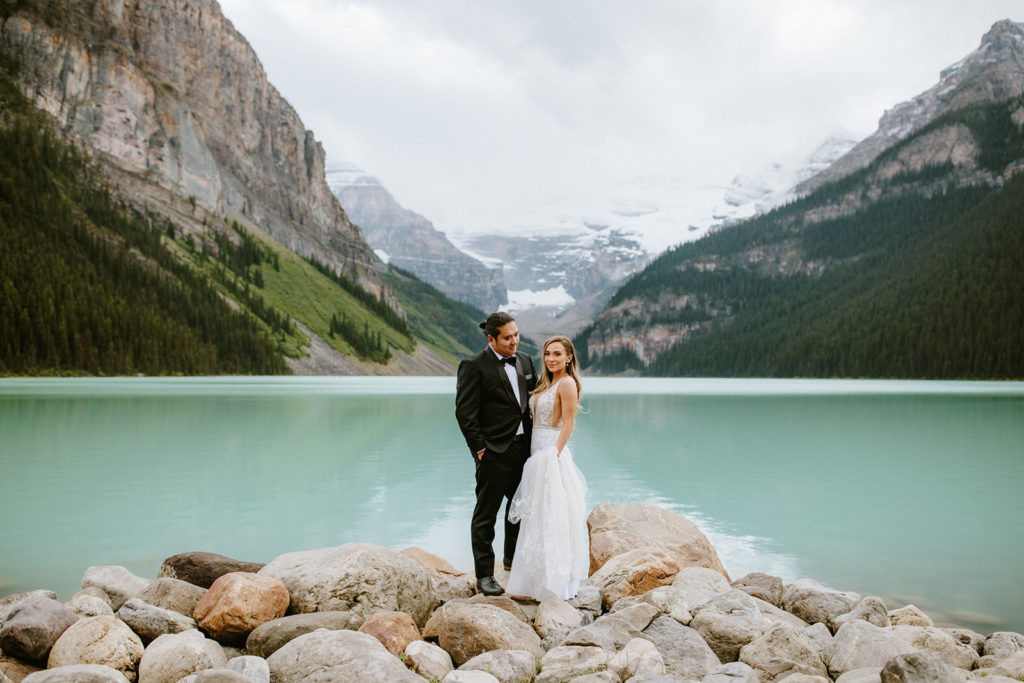
Photo: Darren Roberts Photography
Lake Louise sits within the most spectacular sections of North America’s Rocky Mountains.
Blessed with some of the most breathtaking scenery on earth, the snow-capped peaks coupled with crystal clear de-glaciated lakes paints an artists vista regardless of the time of year.
Don’t forget to pack your hiking kit! Lake Louise sits at the start of many popular trails such as Plain of Six Glaciers. with the lake’s turquoise waters in front of you and Victoria Glacier as your backdrop, we can’t imagine a better way to spend the day.
Moraine Lake
Area: 50 hectares (120 acres)
Elevation: 6,181 feet (1,884 metres)
Max. Depth: 45.9 feet (14 metres)
Location: 8.7 miles (14km from Lake Louise village)
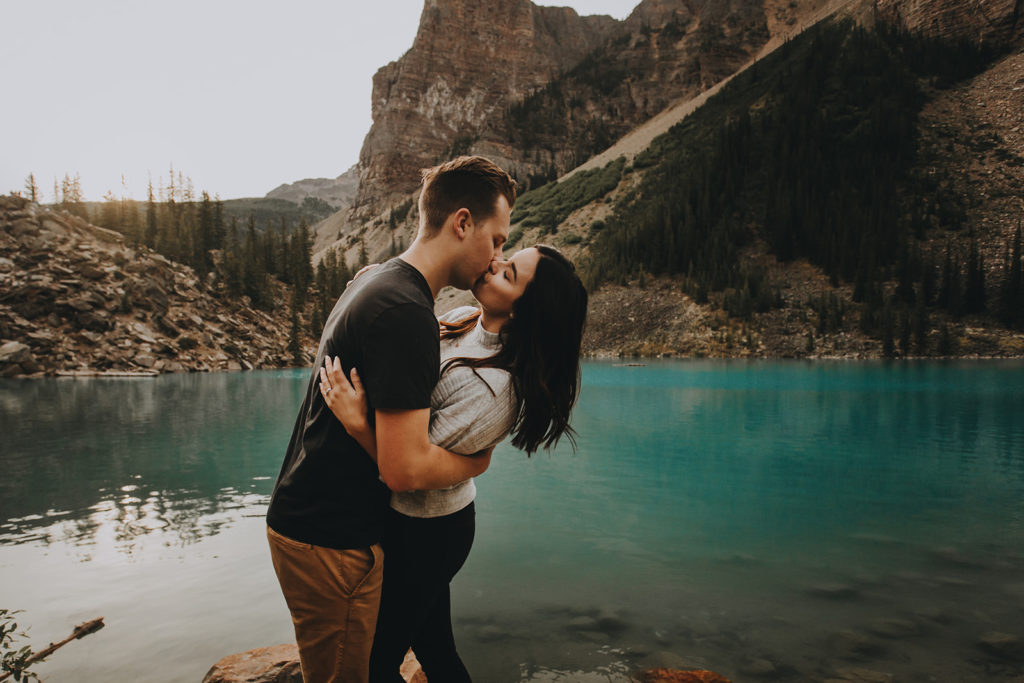
Photo: Twenty Twenty Photography
Moraine Lake is only half the size of its neighbour just a 15-minute drive away, Lake Louise. But it’s still a hugely popular destination for hikers, families, kayakers, photographers and most importantly, wedding photos!
The lake has become a world-renowned beauty spot thanks to the soaring mountains and spectacular aquamarine water. So if you’re thinking about Moraine Lake wedding photos, we couldn’t recommend a prettier spot.
Emerald Lake
Area: 91 hectares (225 acres)
Elevation: 4,268 feet (1,301 metres)
Max. Depth: 40 feet (12 metres)
Location: 20 minutes west of Lake Louise
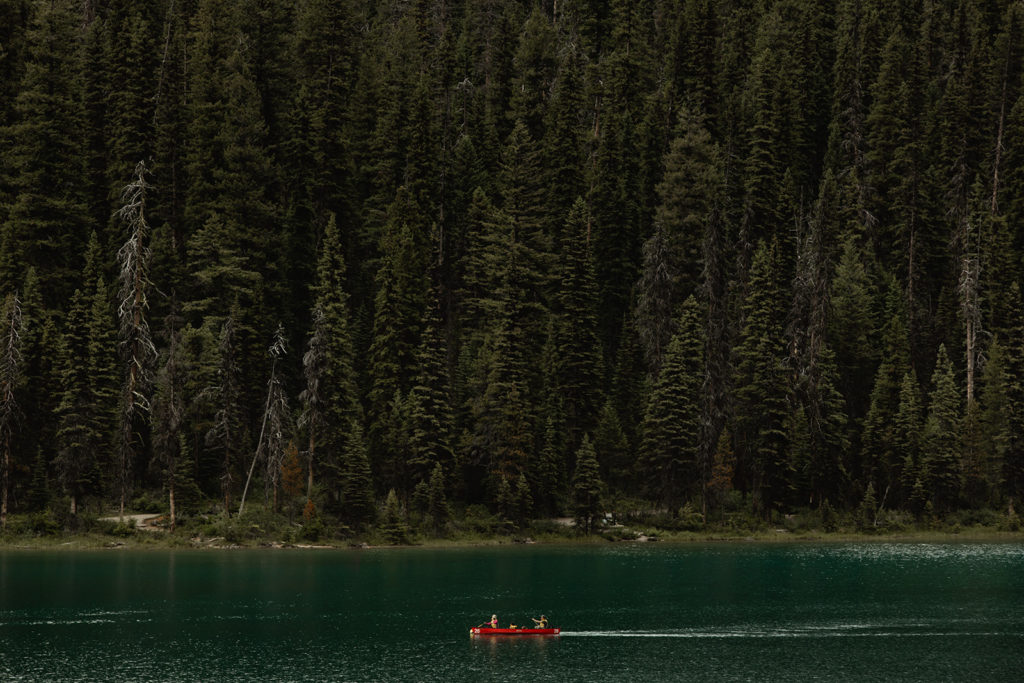
Photo: Willow & Wolf
Located in Yoho National park, Emerald Lake is surrounded by a flat 3.2 miles trail so you can stroll around the lakeshore and admire it from every angle.
The hue of Emerald Lake is in the name – it’s known for having a gorgeous green hue. The green tinge is most visible in early summer. Keep in mind that the lake tends to stay frozen from November to early June.
The lake was named for its beautiful colour when a guide called Tome Wilson discovered it in 1882. With Mount Burgess and Wapta Mountain towering over its shimmering waters, it’s not one you’ll want to miss.
Lake Minnewanka
Area: 2,200 hectares (5,436 acres)
Elevation: 4,921 feet (1,500 metres)
Max. Depth: 466 feet (142 metres)
Location: About 5km northeast of Banff town
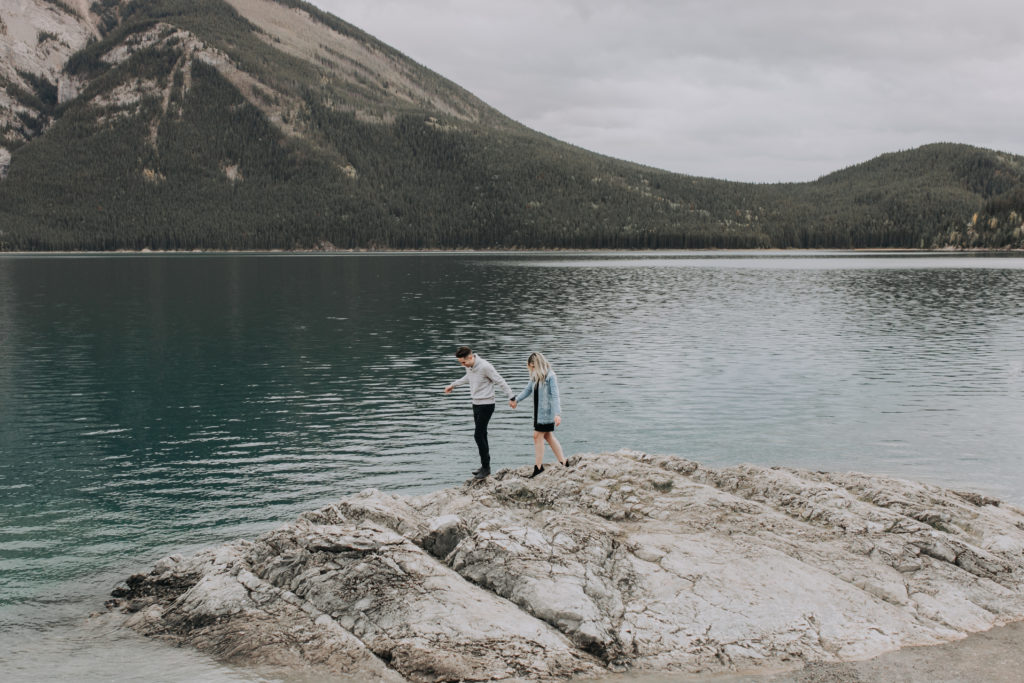
Photo: Twenty Twenty Photography
An interesting fact about this popular lake is that it is half man-made. And it’s the biggest lake in Banff National Park! Plus, with a name meaning “Lake of the Spirits”, you know this one is worth a visit.
In 1941, a dam raised the level of the lake by over 30 metres and submerged a summer village. Scuba divers still go under to explore the underwater ghost town today.
Peyto Lake
Area: 140 hectares (346 acres)
Elevation: 6,102 feet (1,860 metres)
Max. Depth: 144 feet (44 metres)
Location: Banff National Park, about 40km north of Lake Louise hamlet
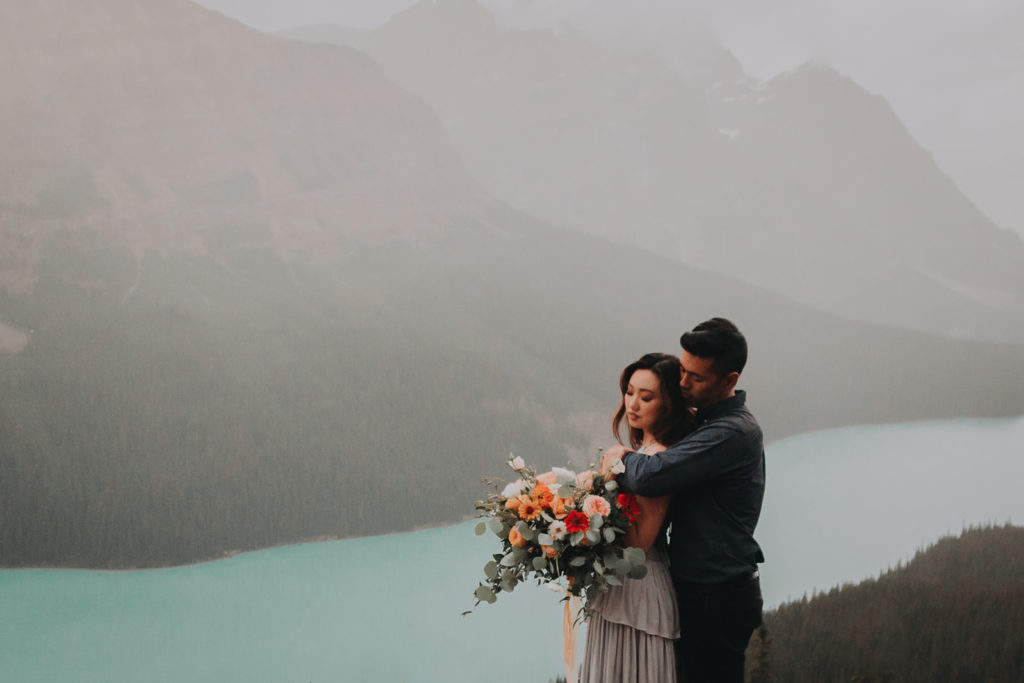
Photo: Twenty Twenty Photography
You’ll find Peyto Lake on the famous Icefields Parkway in Banff National Park. A lovely stroll along the boardwalk will take you to the viewing platform. It’s a fantastic spot to stand and take a few minutes to check out the emerald sheen on the water.
(In 2019, Parks Canada began performing construction work on the lake viewpoint, necessitating the boardwalk’s closure; the work is scheduled to be completed by 2021.)
It was named after an early warden of Banff National Park, Bill Peyto, and is fed by the Wapta Glacier.
It’s also super accessible, and visitors can get snap some gorgeous photographs just a short stroll off the main road. But if you’re into exploring, a paved hike up the Bow Summit will give you a less crowded observation point.
Lake Agnes
Area: 52 hectares (128 acres)
Elevation: 7,005 feet (2,135 metres)
Average Depth: 9 feet (2.7 metres)
Location: Banff National Park, 3.5km hike from Lake Louise
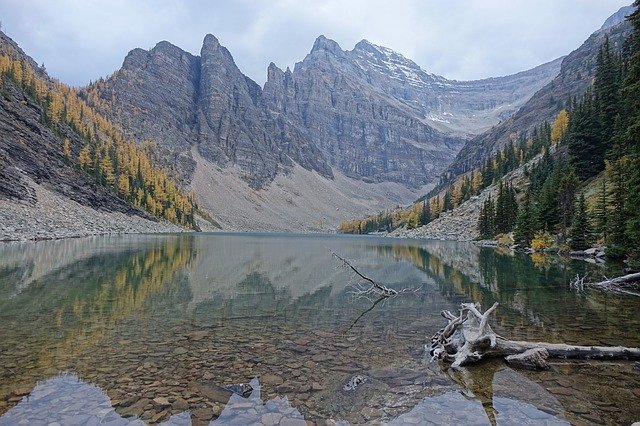
This small mountain lake can be accessed through a 3.4km round-trip trail from Lake Louise.
Once you reach Lake Agnes, stop in for a refreshment at the famous European-style tea house. This tea house takes its name from Lady Agnes MacDonald, wife of Canada’s first prime minister. It has served hikers from all over the world with tea and freshly baked goods since 1905!
Make your way up this forest trail and see the beautiful sights of Mirror Lake and a waterfall before emerging onto the gorgeous Lake Agnes! If your adventurous spirit still isn’t satisfied, you can hike from the teahouse to Little Beehive and Big Beehive from there.
Two Jack Lake
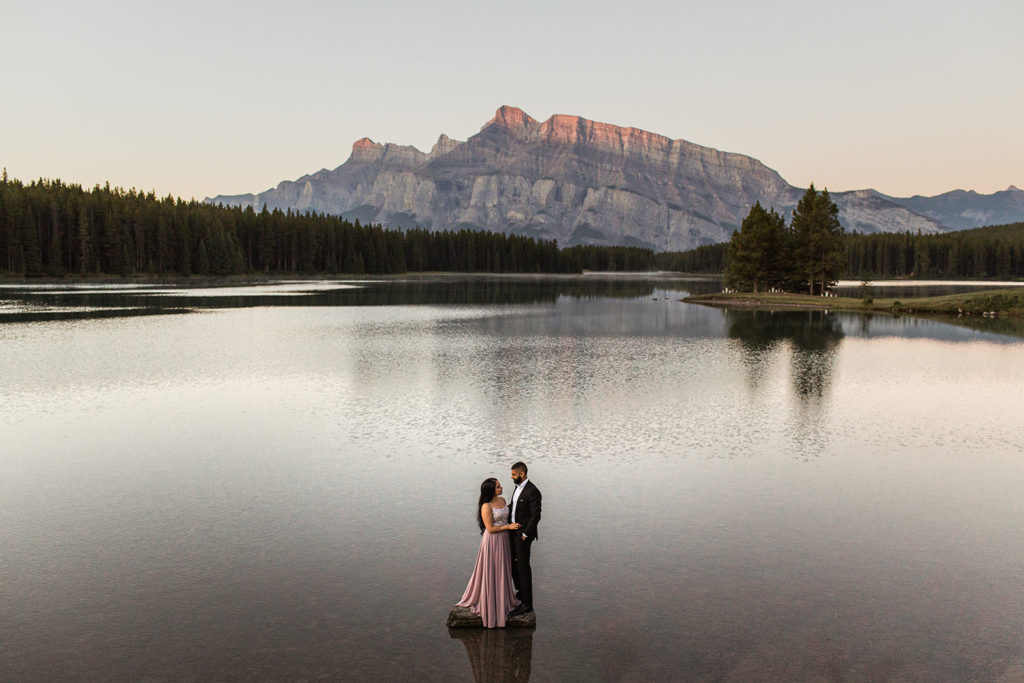
Photo: Willow & Wolf Photography
Area: 21 hectares (52 acres)
Elevation: 4,839 feet (1,475 metres)
Location: Close to Lake Minnewanka, 15 minutes from Banff town
Two Jack Lake is one of our favourite spots. Not only does the water sparkle with blue and green hues, but the grassy shoreline makes it a perfect spot for a picnic so you can sit and enjoy the view.
With Cascade Mountain to the east, and other famous peaks surrounding the lake, you’ll love soaking in this incredible backdrop. While you’re there, hire a kayak and explore the lake! Sometimes the water is so clear you can see right to the bottom of it’s deepest sections.
Thinking of getting engaged or married at a Rocky Mountain lake? Check out our list of top vendors in the area for some inspiration!
you said: